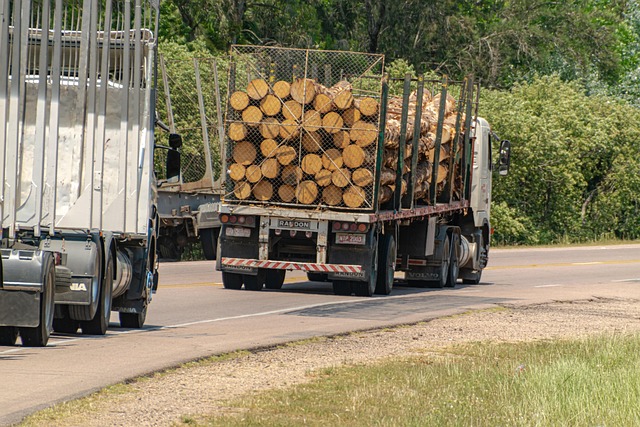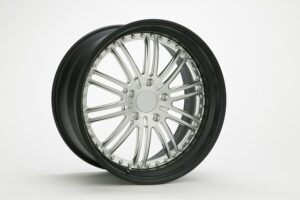Register Car California: VIN Verifier Guide for New Owners
Looking to register your car in California? This guide walks you through the process step by step, from understanding key requirements to paying fees. We cover essential documents needed for registrat…….

Looking to register your car in California? This guide walks you through the process step by step, from understanding key requirements to paying fees. We cover essential documents needed for registration, including a crucial VIN (Vehicle Identification Number) verifier, which ensures your vehicle’s authenticity. Learn how to complete the registration either online or in-person, and receive your license plate promptly. Follow these simple steps to navigate California’s car registration process with ease.
- Understand California Car Registration Requirements
- Gather Necessary Documents for Registration
- Verify Vehicle Identity Using VIN (Vehicle Identification Number)
- Complete Online or In-Person Registration Process
- Pay Registration Fees and Receive Your License Plate
Understand California Car Registration Requirements

Before diving into the registration process, it’s crucial to understand California’s car registration requirements. These rules are designed to ensure road safety and maintain accurate vehicle records. Every vehicle owned or operated within the state must be properly registered with the California Department of Motor Vehicles (DMV). This involves verifying key information, including your vehicle’s unique Vehicle Identification Number (VIN). A reliable VIN verifier is essential for this step; you can opt for a traditional, stationary VIN inspection or utilize a mobile VIN verifier for added convenience.
By law, California requires that all vehicles meet specific safety standards and emissions requirements before registration. Additionally, you’ll need to provide proof of insurance, pay registration fees, and ensure your vehicle’s title is valid. Proper documentation, including accurate VIN data, is vital to streamline the registration process and avoid any potential delays or issues with the DMV.
Gather Necessary Documents for Registration

Before you begin the registration process, ensure you have all the required documents to make the task seamless. One crucial piece of paper you’ll need is the Vehicle Identification Number (VIN) verification report. This can be obtained through a mobile vin inspection or by using a mobile vin verifier. The VIN is a unique code that identifies your vehicle, and having this document ready will expedite the registration process. Along with the VIN report, gather other essential paperwork such as the title, proof of insurance, and a valid driver’s license.
Additionally, you might require registration fees, which can be paid by cash, credit card, or debit card. It’s always a good idea to check with your local DMV for any specific requirements or additional documents needed, especially if you’re importing a vehicle or it’s a unique or custom-built car. Having these documents prepared will save time and ensure a smoother registration experience in California.
Verify Vehicle Identity Using VIN (Vehicle Identification Number)

Before registering your car in California, it’s crucial to ensure the vehicle’s identity is verified using its Vehicle Identification Number (VIN). This unique 17-character code serves as a digital fingerprint for your car, providing essential information about its make, model, year, and manufacturing details. A reliable VIN verifier, such as mobile vin inspection services or online tools, can cross-reference this number with official databases to confirm the vehicle’s history, ensuring it has not been reported stolen or had any outstanding issues.
Using a mobile vin verifier or conducting a simple vin inspection allows you to access crucial data, including previous ownership records, accident histories, and maintenance logs. This step is vital in securing a safe and legal registration process for your vehicle in California.
Complete Online or In-Person Registration Process

In California, registering a car can be completed either online or in-person at a DMV office. The process begins with gathering essential documents such as proof of ownership, vehicle identification number (VIN) verifier, valid driver’s license, and proof of insurance. For online registration, owners will need to access the California DMV website, create an account, and follow the step-by-step instructions provided. This method offers convenience and allows for same-day registration in many cases.
Alternatively, in-person registration involves visiting a local DMV office with all required documents. A VIN inspection or mobile vin verification might be necessary to confirm vehicle details. The process is straightforward, and staff members will guide you through the steps, ensuring your car is registered accurately and promptly.
Pay Registration Fees and Receive Your License Plate

After ensuring your vehicle meets all the necessary requirements, it’s time to pay the registration fees. The cost can vary depending on factors like the type of vehicle, age, and emissions standards. You can typically pay online or at a California Department of Motor Vehicles (DMV) office. Once your payment is processed, you’ll receive your license plate. This crucial step marks the official registration of your car in California, making it legal to drive on public roads.
Remember, a valid license plate not only identifies your vehicle but also serves as a key component for road safety and law enforcement. If you opt for a mobile vin inspection or choose to utilize a mobile vin verifier, this process becomes even more convenient. These services allow you to complete the registration, including obtaining your license plate, from the comfort of your own location, saving time and potentially avoiding the crowds at the DMV.
Registering a car in California involves understanding state requirements, gathering essential documents, verifying vehicle identity using a VIN verifier, completing an online or in-person registration process, and paying relevant fees. By adhering to these steps and ensuring all necessary paperwork is in order, you’ll have your vehicle legally registered and ready to hit the road in no time. Remember, a properly registered vehicle protects both you and other California drivers, ensuring safety and compliance with state regulations.







